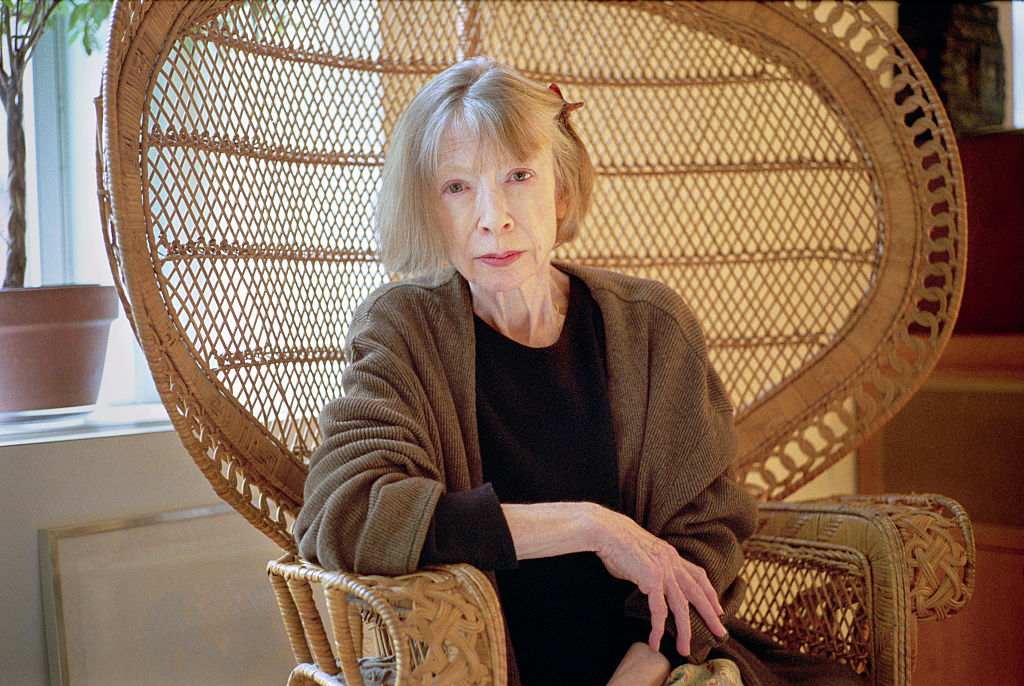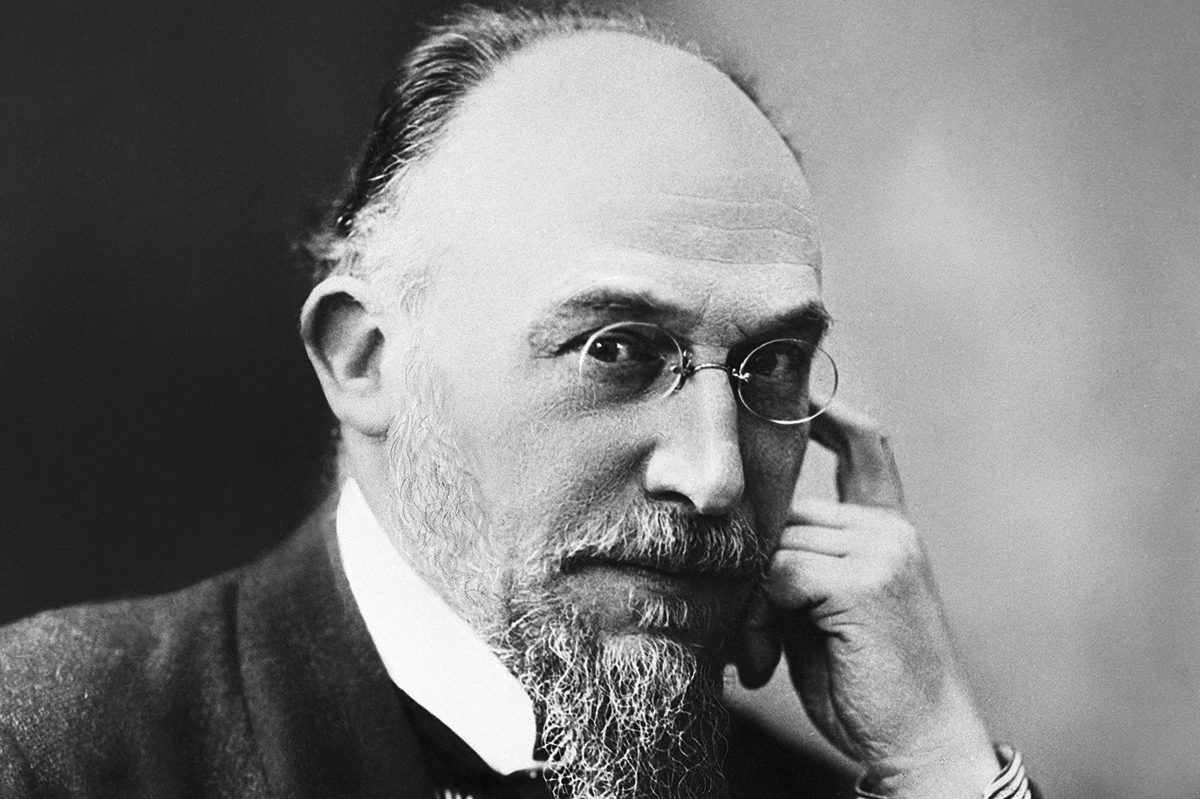Zadie Smith’s ambitious latest novel, The Fraud, is loosely based on the life of the little-known nineteenth-century novelist William Harrison Ainsworth. He was, at one point, as popular as Charles Dickens, his novel Jack Sheppard even outselling Oliver Twist. But Ainsworth’s fortunes and talents declined, and his forty-odd novels vanished, going out of print soon after his death. Throughout The Fraud, as he sits groaning at his desk, he is an arch reminder not only of the vagaries of literary fame, but the pains of fiction-writing. As his cousin Eliza Touchet observes: “God preserve me from that tragic indulgence, that useless vanity, that blindness!” Ainsworth’s actual writing is redolent of educated middle-class male privilege. (“‘Zounds!’ he mentally ejaculated. ‘I suspect the little hussy means to refuse him.”’) He, and all he represents, must give way to the new, though Smith, generous to a fault, does not make us hate him.
The Fraud has many themes: the line between reality and fiction; the roles allotted to women and men; slavery, commerce and abolitionism; the class struggle and radical politics; the illogic and passions of the mob; and the progression, in fits and starts, of society from the Victorian age into the twentieth century. The form of the novel itself demonstrates this, as it utilizes an eight-volume structure beloved of Ainsworth and his ilk. It promises bombast, but ironically deconstructs it, with the chapters comprising short, vivid scenes and deploying a keen, metafictional eye. In a lovely nod to Smith’s major influence E.M. Forster, for example, the Ainsworth house almost collapses under the weight of books, reminding us of the death of Leonard Bast in Howard’s End (on which Smith based her novel, On Beauty), crushed to death by a bookcase.
Despite Ainsworth’s life providing the novel’s framework, Smith’s central characters hail from more liminal social positions. Her heroine is Eliza, the widowed, Catholic cousin of Ainsworth, who keeps house for him, much teased by the literary types crowding around his table; and Andrew Bogle, a black servant (and ex-slave) of the ancient, noble Tichborne family, who were at the center of a famous case involving identity theft.
The case of the Tichborne Claimant captivates the lower classes, including Ainsworth’s low-born wife Sarah: “It had everything: toffs, Catholics, money, sex, mistaken identity, an inheritance, High Court judges, snobbery, exotic locations.” (In other words, just like The Fraud.) In brief: Sir Roger Tichborne, the heir to the family fortune and baronetcy, was lost at a young age at sea. His mother, desperate, sent announcements out across the globe, promising a reward for any news.
It was a field day for opportunists, and among others, Arthur Orton, a Wapping butcher who had moved to Australia, responded. He managed to convince the monomaniacal, grieving mother that he was her son, meeting her in a dark room in Paris. Lady Tichborne conveniently ignored the fact that Orton, unlike the sophisticated Sir Roger, couldn’t speak French, couldn’t remember anything about his school, Stonyhurst, and indeed, couldn’t have looked more like a Cockney butcher if he’d tried.
Smith doesn’t come down entirely on the side of the Tichbornes. She demonstrates that the lower classes who followed the sensational developments in the press believed that Orton really was Sir Roger, and that he had been denied what was rightfully his by an establishment conspiracy. Smith thoroughly enjoys herself exploring how belief in conspiracies becomes dangerous. Despite the claims of the mob, there are in fact plenty of establishment figures, like the aristocratic Guildford Onslow, taking the Claimant’s part. The Claimant’s supporters are mightily confused: “For without the help of the people, Sir Roger could have little chance in that den of papists, the courts. ‘But are not the Tichbornes themselves papists?’ asked a hesitant young man … Sarah swiveled round … ‘You’ve hit the nail on the head! And who don’t know the power of such clans?’” It is not hard to see a dig at today’s conspiracy theorists (some of the Tichborne supporters are even anti-vaxxers). Smith elegantly asks: don’t people pick out the facts that support whatever hypothesis they choose? And aren’t trials a mode of performance? She leaves the reader both guessing and (largely) unpartisan.
The Fraud is beautifully wrought, but its most deeply emotional section is the story told by Bogle, almost a novel within a novel, of his father’s captivity and his own life on the ironically named plantation of Hope in the Caribbean, owned by the fabulously rich (and fabulously indebted) Duke of Buckingham and Chandos. Born into a slave-owning noble family himself (and thus acting as a parallel to the Tichbornes), Bogle’s father Anaso is stolen from Africa at a young age and transported into the violent world of the plantations. His name is ripped from him, his identity erased (as opposed to Orton, who steals someone else’s).
The horrific conditions the slaves endured on Hope are not shied away from: the branding, the beatings, the mutilations, the infanticides. When Bogle visits the duke in England, he sees a painting of an African boy hunting with a bow and arrow, and wonders in what life that kind of freedom might be possible.
Nineteenth-century novels are often accused of avoiding the slave trade. Smith, in a sense, is critiquing Jane Austen, William Thackeray et alia. This is how it can be done, she is saying: you can have the drawing-room comedy alongside the slave ships, the bonnets alongside the brutality. So compelling is Bogle’s testimony in claiming that Arthur Orton is Roger Tichborne, that Eliza becomes gripped by the case, seeing it also as a move on Bogle’s behalf to take revenge. She follows the Tichborne case with an avidity matched by the vulgar Sarah’s, taking down what happens at the trial as if she were herself a novelist in embryo. It is a riposte to Ainsworth: she, however, a woman, can’t achieve his success.
Eliza’s intellectual and political growth powers the final third of the narrative, as she bristles against the constraints of Victorian mores. Not quite the genteel spinster she’s expected to be, she has sexual relations with both Ainsworth’s first wife and Ainsworth himself. She knows that other ways of being are possible: the Ladies of Llangollen, a pair of aristocratic women who eschewed conventionality to live together, are often invoked. Eliza’s involvement with the abolitionist movement leads her into a new understanding of the scope and nature of more than one sort of freedom.
As the Tichborne case reaches fever-pitch, we feel the rumblings of something revolutionary. But, in the end, the truth must out, and the Claimant is convincingly and finally demonstrated to be Orton, the damning evidence being a tattoo given to the real Tichborne, which Orton conspicuously lacks; the passage recalls our oldest homecoming story, The Odyssey, where Odysseus’ scar is the sign of identity. And yet, as Smith shows, even this isn’t enough for the Claimant’s supporters, who continue to believe he’s been hard done by — much like the supporters of a certain US president. But, in real life, when Orton came out of prison, he died in penury, entirely forgotten by those who had so recently lionized him. His downward trajectory gloomily corresponds to Ainsworth’s.
The Fraud is a consciously (but not self-consciously) literary novel. There are cameos from a sly, self-serving Charles Dickens; a “pig-nosed” Thackeray; George Eliot attends the Tichborne trial, and we meet the real literary patron Lady Blessington and her adopted son (or lover), the Count d’Orsay. But we don’t encounter just the upper classes. All of society is here, in its teeming complexity: the black servants, who imitate their mistress when they think they’re not being watched; the illegitimate daughters of Eliza’s dead husband, big-boned and pasty; the tradesmen, the middle-classes, the slaves. And as you would expect from a Zadie Smith novel, there is a north London connection, with much of the action taking place in what was then rural Kensal Rise and Willesden. In one gorgeous scene, the Royal Hunt charges through Kensal Green, and a deer escapes the huntsmen: the weak evading the strong, an image of hope.
There are plenty of ways to interpret the novel’s title. Ainsworth constantly worries about whether he is a literary fraud. Eliza frets about her commitment to her faith, and the social masks she is forced to wear. The central “fraud” is, of course, Arthur Orton’s; but Bogle is suspect too. And The Fraud is a historical novel, itself a deeply fraudulent enterprise. However, unlike Ainsworth’s cack-handed attempts at the genre, Smith’s work shows that today’s concerns flow from the past, that they must be confronted face on, and that truth can be wrought from lies.
The Fraud is glittering, grand and powerful. Each of its major themes are counterpointed or replayed in a minor key; each character reflects upon or throws another into sharp relief. And it’s all achieved in poised, authoritative prose, with a wry, intelligent humor that never belies the seriousness of Zadie Smith’s subject matter. She looks at us questioningly, invitingly, and she makes us listen, long, hard and completely enthralled.
This article was originally published in The Spectator’s September 2023 World edition.

























